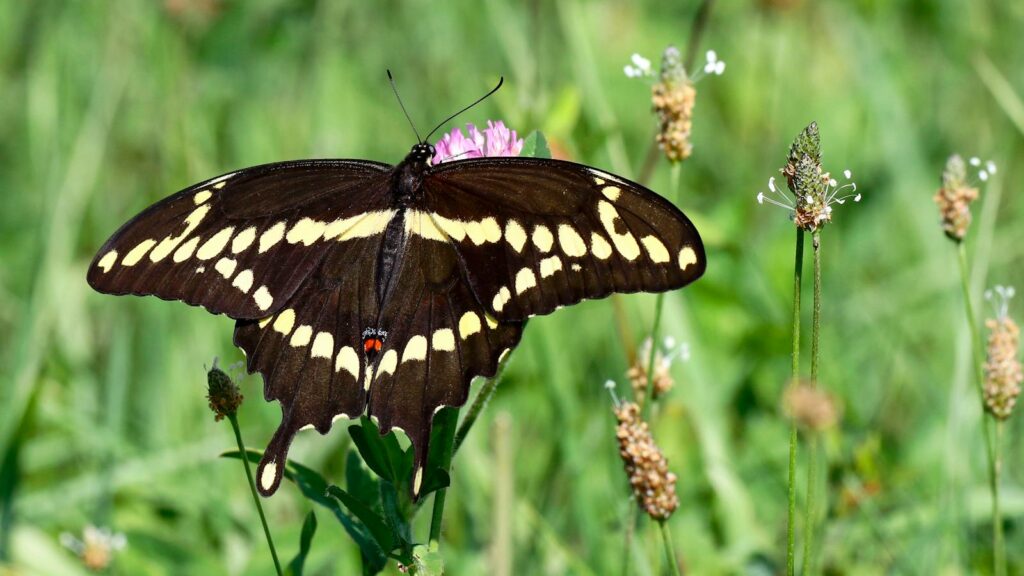
Deep within Earth’s ancient prehistoric past, insects reached sizes that modern entomologists can only marvel at through fossil records. While today’s largest insects might impress us with their substantial proportions, they pale in comparison to their ancient ancestors that once dominated the skies of our planet. These prehistoric giants lived in an era when atmospheric conditions differed significantly from our present day, allowing arthropods to grow to dimensions that rival modern birds. The story of these colossal insects offers a fascinating glimpse into Earth’s evolutionary history and the environmental factors that once supported truly gigantic invertebrates.
Meet Meganeuropsis: The Record Holder
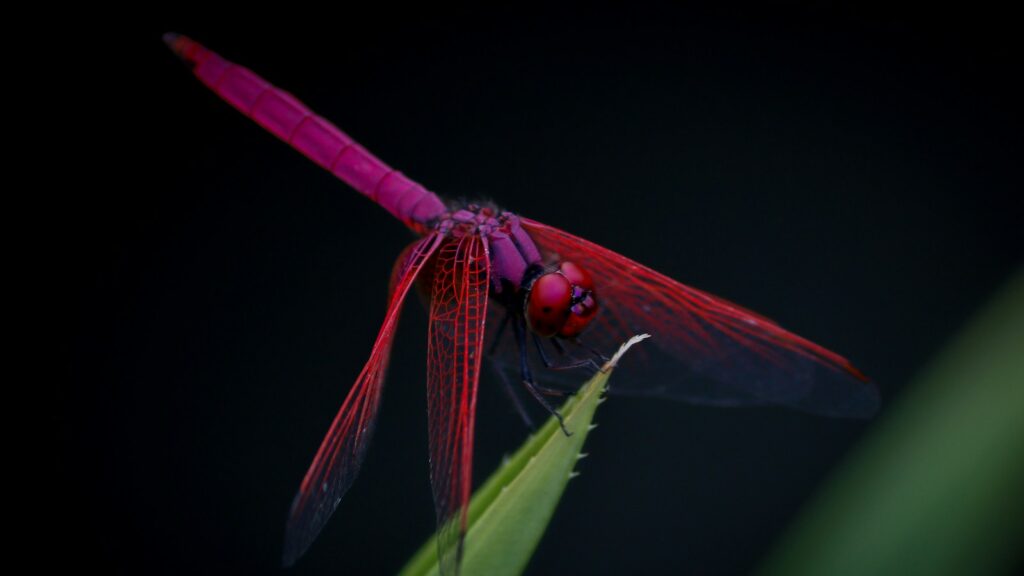
The undisputed champion of insect size is Meganeuropsis permiana, an enormous dragonfly-like insect from the Permian period approximately 275 million years ago. With a wingspan measuring up to 28 inches (71 centimeters), this prehistoric predator dwarfs any flying insect alive today. Fossilized remains of this magnificent creature were first discovered in Elmo, Kansas in 1940, stunning the scientific community with its bird-like proportions. Meganeuropsis belonged to the order Meganisoptera, commonly called griffinflies, which were similar to but distinct from modern dragonflies. Their massive size would have made them formidable aerial predators, likely capable of capturing small amphibians and other sizeable prey with ease.
The Permian Period: Age of Giant Insects

The Permian period (299-251 million years ago) witnessed some of the largest arthropods ever to walk or fly on Earth. This era preceded the more famous age of dinosaurs but hosted its own remarkable assemblage of life forms, including the giant insects that would never be matched in size again. Meganeuropsis thrived during the Early Permian, a time of significant coal formation and widespread forests dominated by primitive plants. The climate of this period was generally warm and conditions were stable enough to support diverse ecosystems across the supercontinent Pangaea. This stable environment, coupled with unique atmospheric conditions, created the perfect setting for insects to reach extraordinary dimensions.
The Oxygen Theory: How Insects Grew So Large

The most widely accepted explanation for the gigantism of Permian insects involves the Earth’s atmospheric oxygen levels. During this period, oxygen concentrations reached approximately 35% of the atmosphere, significantly higher than today’s 21%. This oxygen-rich environment had profound implications for insect physiology. Unlike vertebrates, insects don’t have lungs or a circulatory system that actively transports oxygen; instead, they rely on passive diffusion through a system of tubes called tracheae. With higher oxygen concentration, this passive system could support much larger body sizes, allowing insects to grow to dimensions impossible under current atmospheric conditions. This relationship between atmospheric oxygen and arthropod size is supported by both fossil evidence and experimental studies on modern insects in oxygen-enhanced environments.
Anatomy of a Giant: Meganeuropsis Up Close
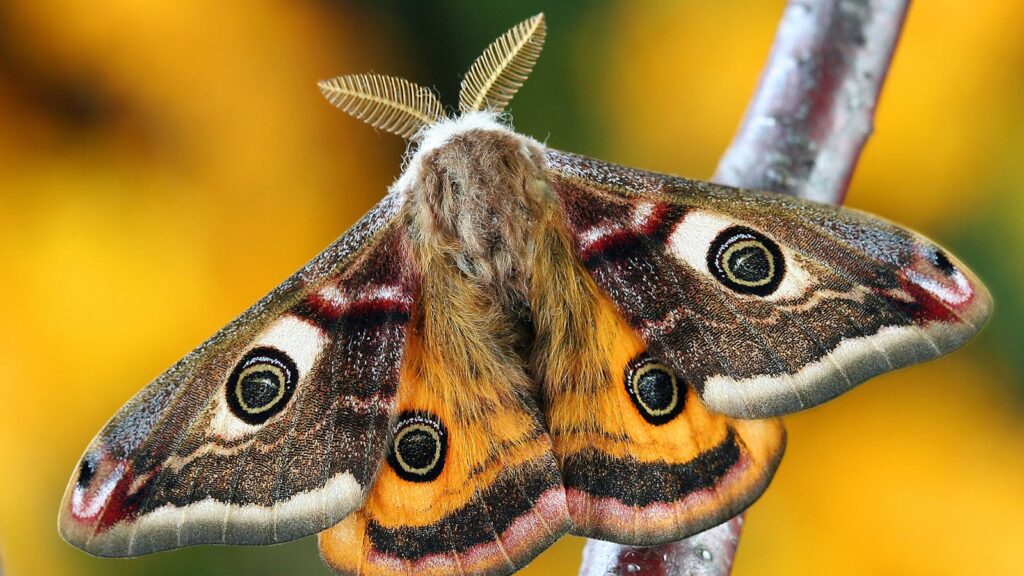
Examining the anatomical features of Meganeuropsis reveals a creature remarkably adapted for aerial predation. Unlike modern dragonflies with their delicate appearance, Meganeuropsis possessed a robust exoskeleton capable of supporting its considerable mass during flight. Its elongated abdomen likely housed powerful flight muscles, while its massive wings featured reinforced veins for structural integrity during high-speed aerial maneuvers. Paleontologists believe its compound eyes were proportionately enormous, providing excellent vision for tracking prey. The creature’s mouthparts were likely adapted for seizing and consuming relatively large prey items, potentially including small vertebrates. Based on fossil evidence, scientists estimate that the body length of Meganeuropsis reached approximately 17 inches (43 centimeters), making it not only wide-winged but also exceptionally long-bodied.
Other Prehistoric Insect Giants

While Meganeuropsis holds the size record, several other prehistoric insects approached bird-like dimensions. Meganeura, a slightly smaller relative of Meganeuropsis from the earlier Carboniferous period, had a wingspan of up to 25 inches (65 centimeters). Titanoptera were massive predatory insects resembling crickets or katydids but with wingspans reaching 12 inches (30 centimeters). The Carboniferous also produced Arthropleura, technically not an insect but an arthropod relative of modern millipedes, which grew to lengths exceeding 8 feet (2.5 meters), making it the largest known terrestrial invertebrate ever. Giant ancient cockroaches from the genus Apthoroblattina reached lengths of 3.5 inches (9 centimeters), dwarfing even the largest modern cockroach species. These varied examples demonstrate that gigantism was widespread among different arthropod lineages during the oxygen-rich Paleozoic era.
The End of the Giants: Why Insects Shrunk

The reign of giant insects came to an end following the Permian-Triassic extinction event, the most severe mass extinction in Earth’s history, which occurred approximately 252 million years ago. This catastrophic event, often called “The Great Dying,” eliminated an estimated 95% of marine species and 70% of terrestrial vertebrate species. Following this extinction, atmospheric oxygen levels gradually declined, creating physiological barriers to insect gigantism. Additionally, the rise of flying vertebrates, particularly birds and pterosaurs, introduced new predatory pressures that may have selected against large, slow-flying insects. The evolutionary arms race between insect prey and vertebrate predators likely favored smaller, more agile insects that could evade capture more effectively than their giant ancestors. These combined factors ensured that insects would never again reach the impressive dimensions of their Paleozoic predecessors.
Modern Giants: Today’s Largest Insects
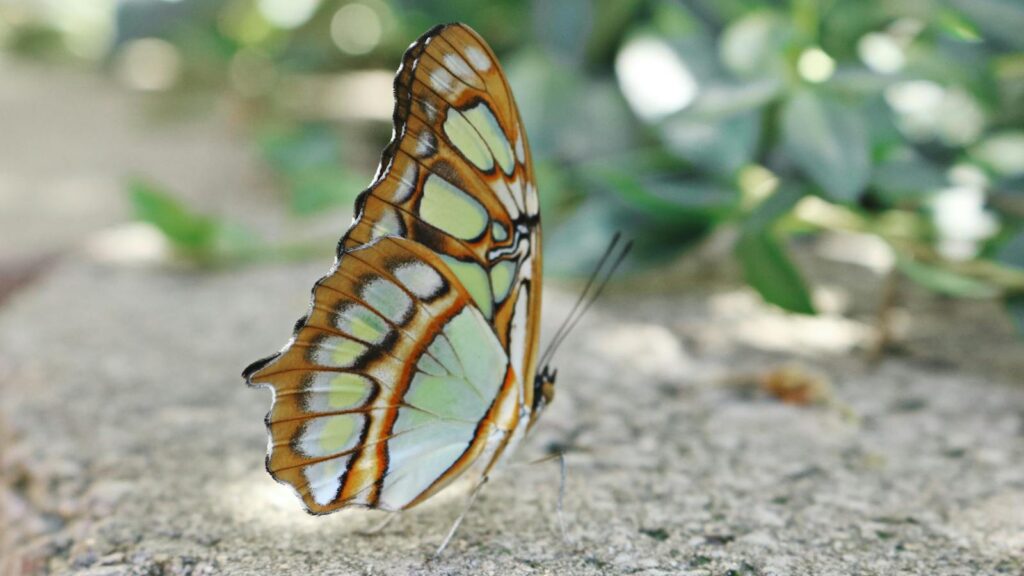
In comparison to prehistoric giants, even the largest modern insects seem modest in size. The Queen Alexandra’s birdwing butterfly (Ornithoptera alexandrae) from Papua New Guinea holds the record for largest wingspan among living butterflies at approximately 11 inches (28 centimeters). The goliath beetle (Goliathus) of Africa can reach weights of up to 3.5 ounces (100 grams), making it one of the heaviest insects alive today. The giant weta of New Zealand (Deinacrida heteracantha) can weigh over 2.5 ounces (70 grams), with bodies measuring up to 4 inches (10 centimeters). The atlas moth (Attacus atlas) of Southeast Asia has a wingspan approaching 12 inches (30 centimeters). While impressive by modern standards, these insects are merely a shadow of their ancient counterparts, reaching at most about 40% of the size of the largest prehistoric species.
Scientific Significance of Giant Insect Fossils

The discovery and study of giant insect fossils have provided scientists with invaluable insights into Earth’s ancient atmosphere and climate. By analyzing the relationship between insect size and respiratory efficiency, researchers can use these fossils as proxy indicators for prehistoric oxygen levels. This information helps validate atmospheric models derived from other geological evidence. Additionally, these fossils offer important clues about ancient ecosystems and food webs, helping scientists reconstruct the complex relationships between prehistoric organisms. Giant insect fossils also serve as important reference points for understanding evolutionary trends within arthropod lineages, highlighting how environmental conditions can dramatically influence body size over geological timescales. For paleontologists, each new giant insect fossil discovery offers another piece in the puzzle of understanding Earth’s dynamic biological history.
The Challenge of Finding Complete Specimens

Despite their impressive size, complete fossil specimens of giant insects are exceedingly rare. The delicate nature of insect exoskeletons means they don’t preserve as readily as the bones of vertebrates, making the fossil record for insects relatively sparse compared to that of dinosaurs and other large animals. Most specimens of Meganeuropsis and other giant insects are fragmentary, consisting of isolated wings or body segments rather than complete individuals. The conditions required for exceptional preservation of insects typically involve rapid burial in fine sediments under anoxic conditions, such as in ancient lake beds or tar pits. When complete specimens are found, they represent extraordinary scientific treasures that often rewrite our understanding of insect evolution. The scarcity of these specimens makes each discovery a significant event in paleontological research, worthy of extensive study and careful preservation.
Imagining Encounters with Prehistoric Insect Giants
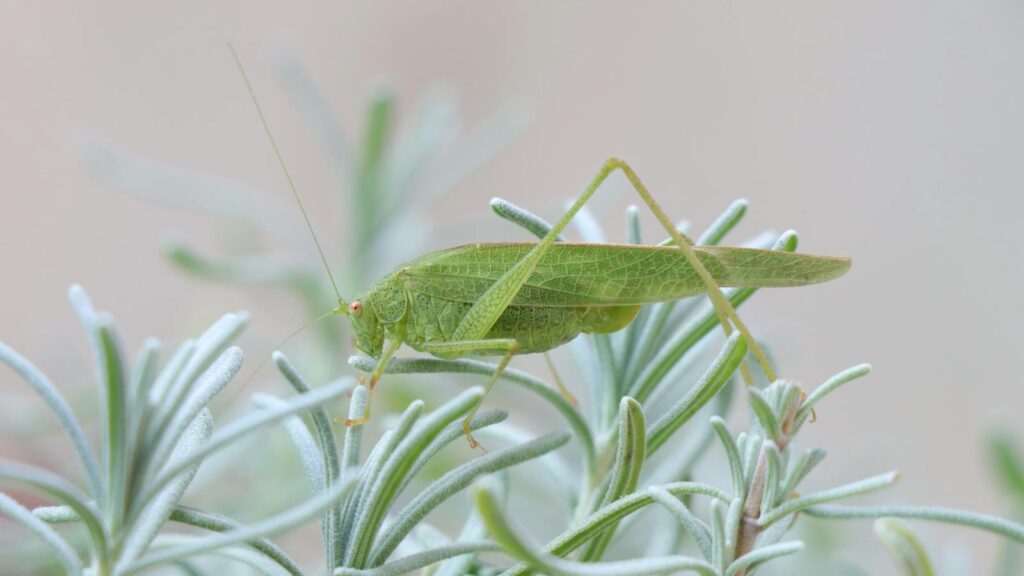
Envisioning an encounter with Meganeuropsis or its giant contemporaries offers a startling perspective on how dramatically Earth’s fauna has changed. These massive predatory insects would have been unmistakable features of Permian landscapes, their wingspans matching those of modern crows or seagulls as they patrolled prehistoric skies. The sound of their flight would likely have been substantial—a deep humming or buzzing that signaled the approach of an efficient aerial hunter. Their hunting behavior would presumably have resembled that of modern dragonflies but on a much grander scale, with the capacity to snatch sizeable prey mid-flight. For smaller Permian creatures, the shadow of Meganeuropsis passing overhead would have been a legitimate cause for alarm, as these insects possessed powerful mandibles and lightning-fast reflexes. In many ways, these giants occupied ecological niches later filled by birds of prey, demonstrating how different taxonomic groups can evolve to fill similar roles across vast stretches of evolutionary time.
Recreating Giants: Could Modern Science Bring Them Back?
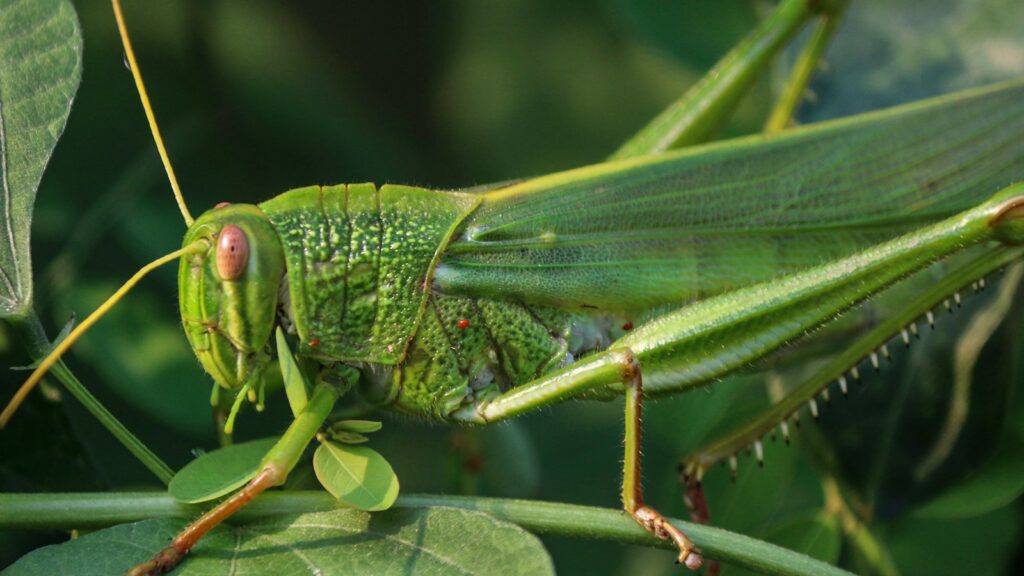
The question of whether modern science could recreate giant insects often arises in discussions of these prehistoric creatures. From a purely physiological perspective, modern insects simply cannot grow to the dimensions of their ancient relatives under current atmospheric conditions. Even with genetic engineering, the fundamental constraints of oxygen diffusion through the tracheal system would limit size potential. Some researchers have conducted experiments raising insects in oxygen-enriched environments, demonstrating modest increases in size—but nowhere near the dramatic proportions of Meganeuropsis. Beyond the physiological barriers, the genetic information required to recreate these ancient giants has been lost to time, as DNA degrades relatively quickly and cannot be recovered from specimens hundreds of millions of years old. While the recreation of giant insects remains firmly in the realm of science fiction, understanding the mechanisms behind their gigantism continues to inform biological and atmospheric research.
Cultural Impact: Giant Insects in Popular Imagination
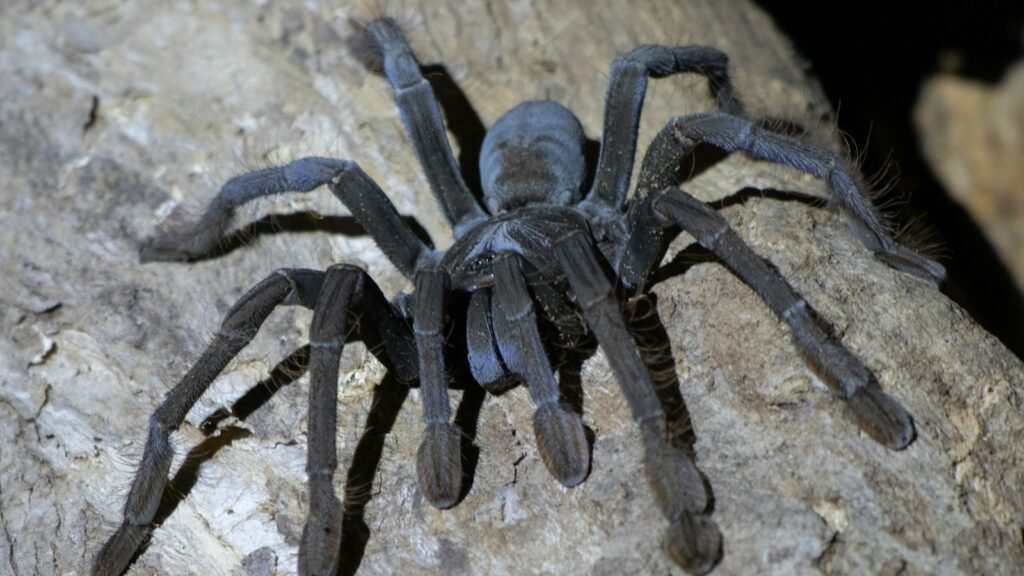
The discovery of giant prehistoric insects has fired the human imagination, influencing works of science fiction, horror, and fantasy across various media. From the giant ants in the 1954 film “Them!” to the massive arachnids of “Eight Legged Freaks,” oversized arthropods have become a staple of creature features that play on common entomophobia. Video games frequently feature supersized insects as memorable boss battles or environmental hazards, while literature embraces the concept in works ranging from children’s books to dystopian science fiction. Beyond entertainment, these prehistoric giants have become powerful educational tools, capturing public interest in paleontology and evolutionary biology through museum exhibits featuring life-sized models. The cultural fascination with giant insects speaks to both our intrinsic fear of arthropods and our wonder at nature’s capacity to produce extraordinary lifeforms under the right conditions. By examining our reactions to these creatures, we gain insight into the complex psychological relationship humans have with insects in general.
Conclusion: Lessons from the Age of Giant Insects

The story of Meganeuropsis and its contemporaries offers profound insights into Earth’s dynamic history and the relationship between life and atmospheric conditions. These magnificent creatures represent a unique chapter in evolutionary history—a time when atmospheric oxygen levels created opportunities for arthropod gigantism that would never be repeated. Their existence reminds us that what we consider “normal” in nature is merely a snapshot of one moment in an ever-changing planetary system. The rise and fall of insect giants also demonstrates the principle that no ecological dominance is permanent; changes in environment, competition, and predation constantly reshape the evolutionary landscape. As we face human-induced changes to our atmosphere today, the lesson of the giant insects becomes particularly relevant—atmospheric composition profoundly influences the trajectory of life on Earth. These ancient giants, though long extinct, continue to educate and inspire us, connecting modern humanity to the fascinating, alien world of hundreds of millions of years ago.
